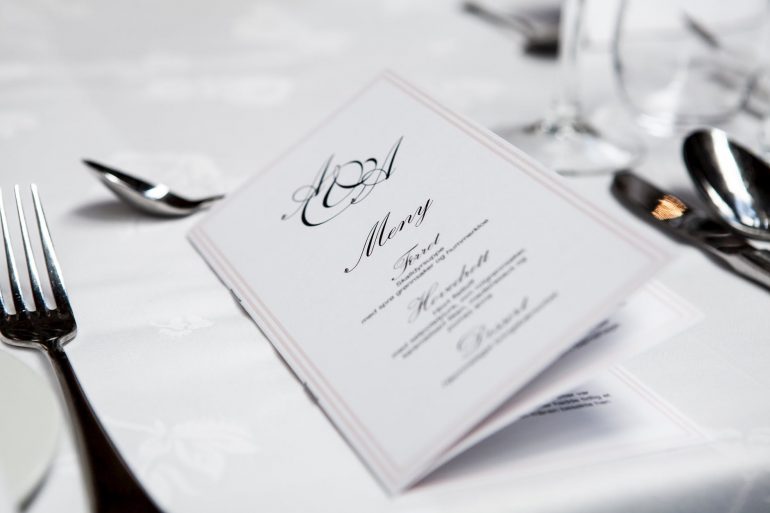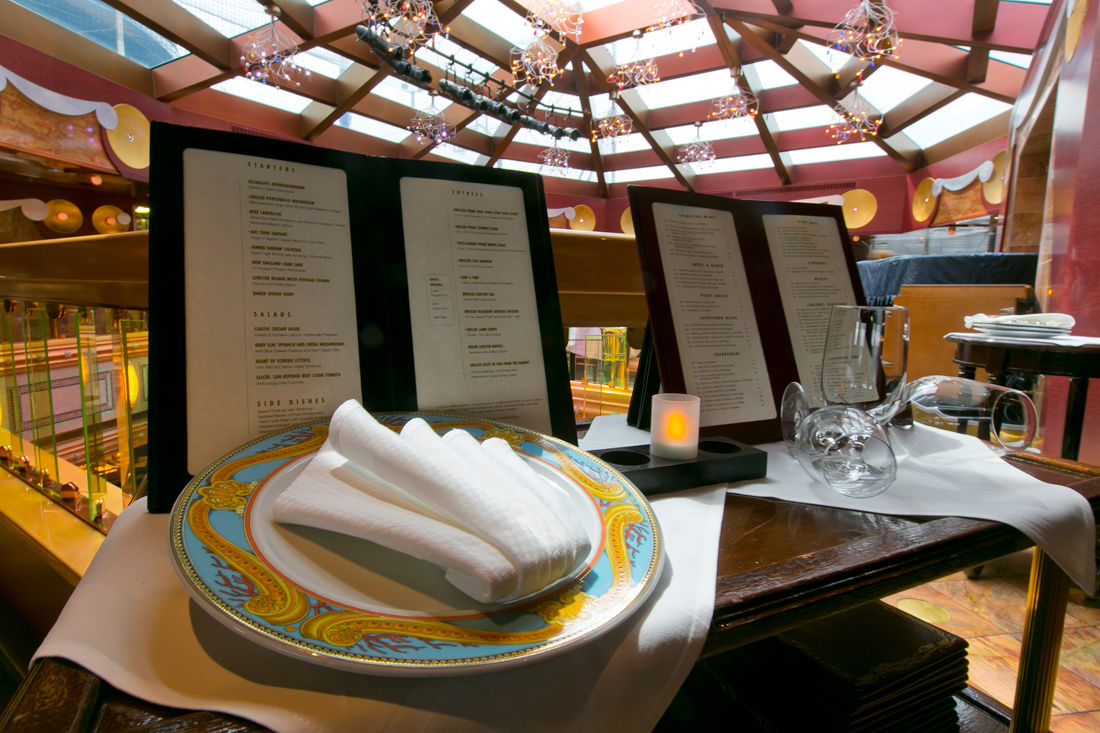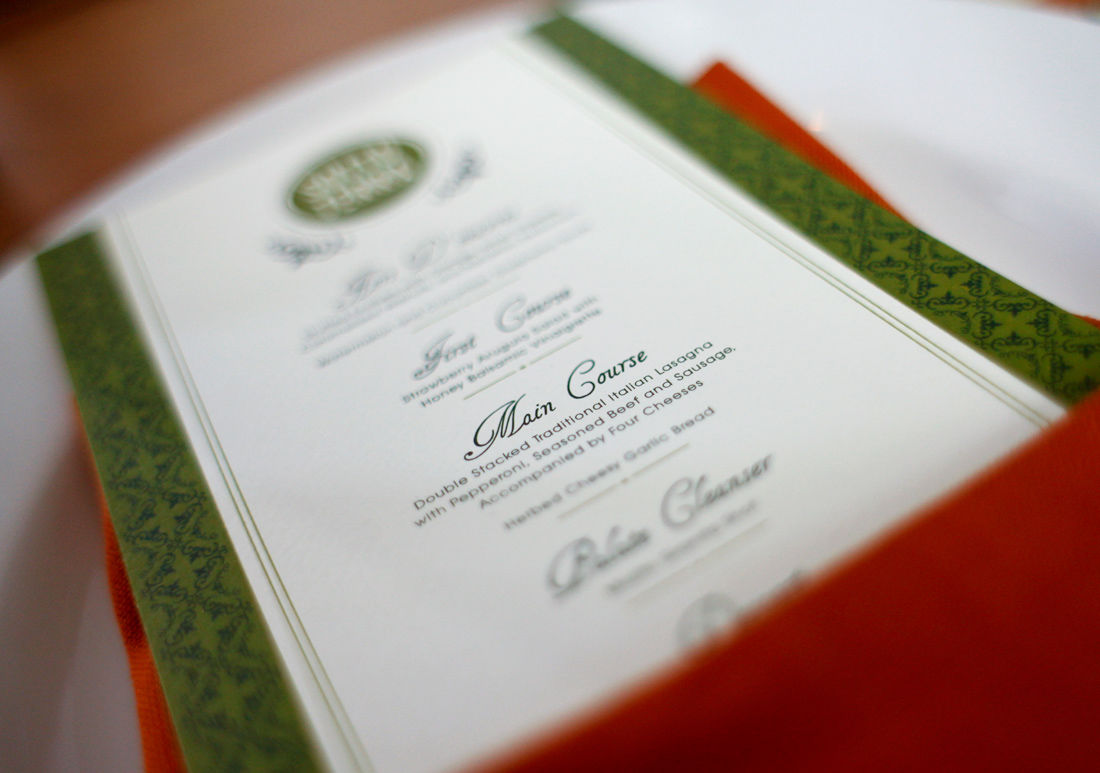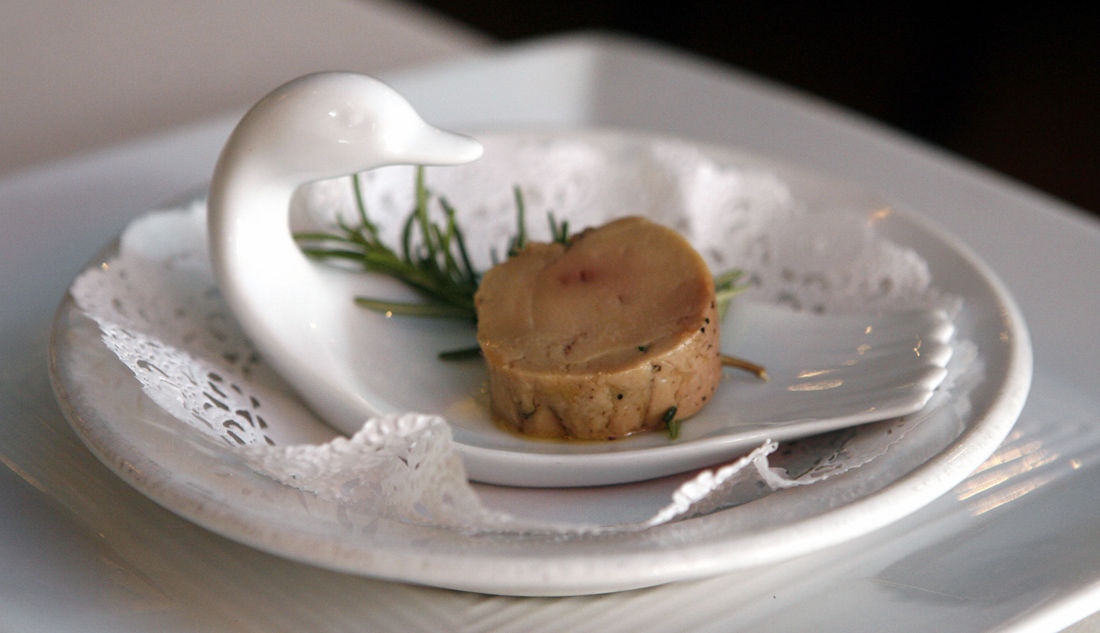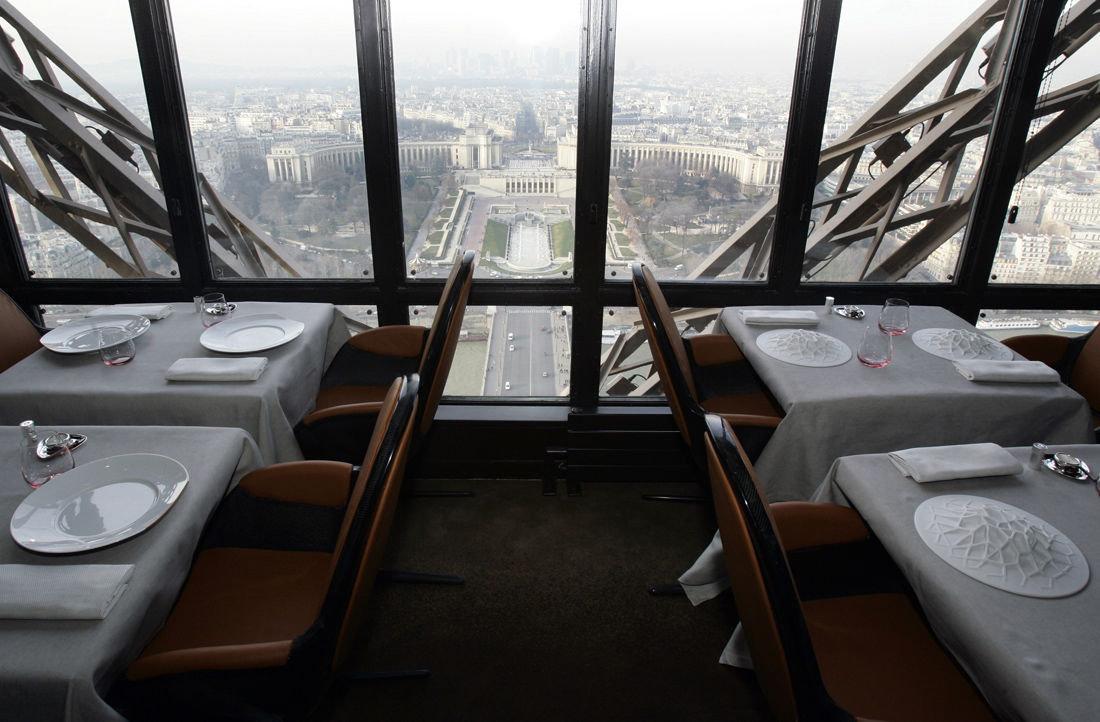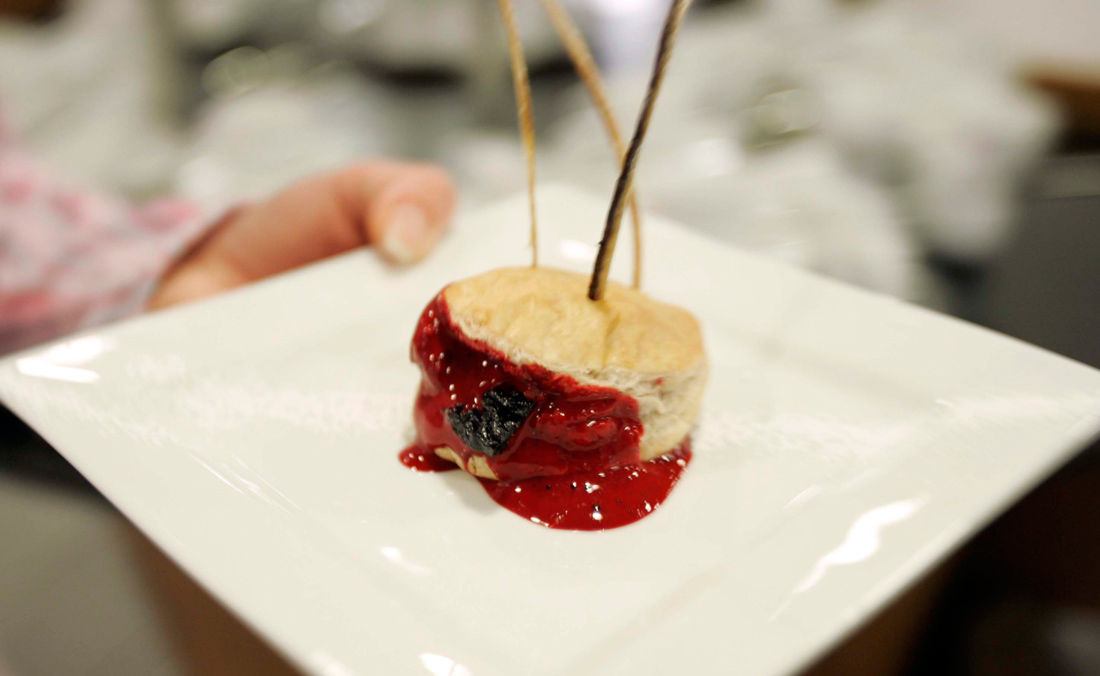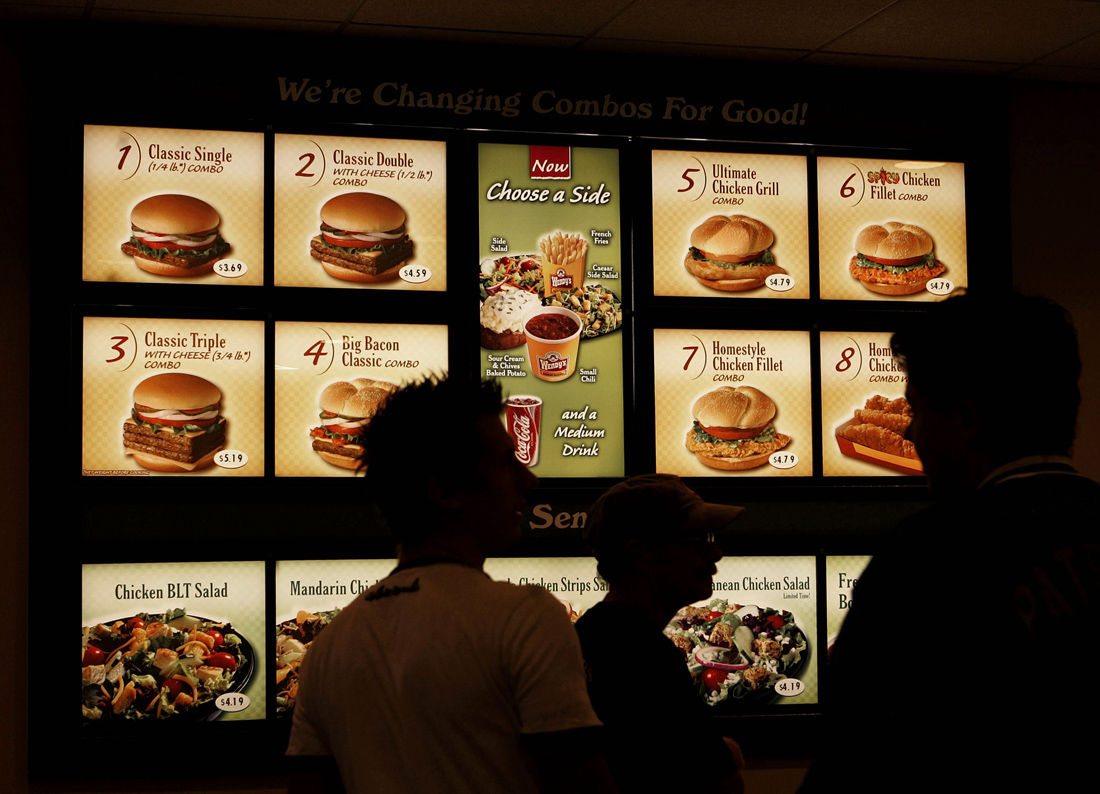In a theatrical gesture, the waiter places an elegant leather case in front of you. The pages inside contain a text in italics and your eyes are fixed on a couple of foods that include fancy descriptions. You go back to the waiter and order…
You now hope that a delicious meal is on the way. But what was it that made you choose these dishes? Did you just like the steak idea you asked for or was it something else that might have influenced your choice?
Most of us do not realize this, but the menu in front of you probably played a much bigger role than you think. Beyond a simple price list, restaurant menus are sophisticated marketing tools that seek to direct consumers to specific choices.
The science of cataloging
"Even tying our list sends important messages about the kind of experience we're going to have," explains Charles Spence, a professor of experimental psychology and multi-sensory perception at Oxford University. "There are many elements of a list that can be changed to push the consumer in one direction or the other."
There are some small tricks to the order of the dishes in the menu or the font used and can significantly affect a customer's choice. There is now a whole industry, known as "menu engineering", that deals with menu design in order to pass specific messages to customers, encouraging them to spend more and want to return to the same restaurant to experience the same culinary delights.
"For a large chain of stores that can receive up to a million customers a day in its restaurants around the world, setting up the menu can take up to 18 months, as we test everything in it three times," he explains to the BBC. Greg Rap, whose profession is menu engineer and is headquartered in Palm Springs, California. He has worked on the lists of small cafes and multinational giants in the 34 years of his career. "Customers spend just a few minutes looking at the menu, so we want them to use this time efficiently. "If they can find something they want quickly, then they can spend the extra time looking at other dishes they can order."
Perhaps the first thing a customer will notice on the list when it reaches his hands from the waiter is his weight. Heavier menus seem to show the customer that he is in a more luxurious restaurant and that he can expect higher levels of service.
Italics, simple or complex fonts?
The font used in the directory can play its part. For example, italics give a sense of quality. However, elaborate and more complex fonts that make reading difficult can have another effect. They can even change the taste of food as we perceive it, experts say.
A study conducted by researchers in Switzerland concluded that a wine with a label, in which you find it difficult to read what it says, was more liked by wine lovers than another bottle with a simpler label. Spence's research, again, found that consumers often combine rounder fonts with sweeter flavors, while a more square font tends to make you feel salty, sour or bitter.
"Restaurants can experiment with this to get customers to order more expensive dishes," said Spence, whose recent book, Gastrophysics: the New Science of Eating, looked at the issue in detail. But the language on the list can be just as important, he adds. After all, a "free range grazing exclusively on Aberdeen Angus grass fillet with coarsely chopped rosemary potatoes" sounds much better than a "potato steak".
Descriptions… novel
This highly descriptive language is widely used in the food industry. Words have a terrifying power in the choices we make in our food. By giving these dishes long-lasting names you can increase sales by up to 27% in some cases. The latter becomes extremely efficient if one adds some origin to the description. For example, "grandma's homemade pumpkin meatballs" sound much more delicious than ordinary pumpkin meatballs.
"Putting the name of the farmer who grew the vegetables or the breeder who raised the pig can add authenticity to a product," says Spence. "Consumers perceive it as a quality element, even if it is a product of imagination. But also more sensual words can make a dish look more attractive ".
A recent study by scientists at Stanford University in California found that orders for vegetables accompanied by words like "crunchy", "sweet", "hot" and "steaming" on a menu were up 23% because they looked more… exciting.
But beyond that, the words used to describe a food can even make our saliva run. The University of Cologne in Germany has conducted research, according to which clever names on dishes with words that resemble the movement of the mouth when eating can increase the taste of food. Words like "bodok", which do not really exist, were more effective. This effect is valid even when reading the word and you do not say it out loud, perhaps because the brain gives the sense of movement required for speech while reading. This effect, the authors of the study report, activates the salivary glands.
Each letter has its cost
But pay attention to the menus that include detailed and exaggerated descriptions of dishes. This exaggeration is usually due to the fact that the goal is to make the food look better and therefore worth the stingy price.
Stanford University professor of computer linguistics Dan Jurafski conducted a study that analyzed the words and prices of 650.000 dishes in 6.500 menus. He found that if larger words were used in the description, the dish usually cost more. For each letter more than one word, the price of the dish he described rose by about 18 cents.
"The more description it has, the higher the value of the item and the lower the price seems to the customer's head," says Rapp. "If you just write '$ 43 New York steak', it may seem expensive, but if you write a whole paragraph about the steak, where it comes from, what part of the animal it is, how long it has been aged, then it may seem less expensive." .
But it is not just the words on the list that send you messages. Colors play their part. Some, such as green, are often used to imply that food is healthy and fresh, while orange is believed to whet the appetite, according to Aaron Allen, a restaurant consultant based in Orlando, Florida, a man specializing in design psychology. of the list. Red gives a sense of urgency and probably draws attention to the dishes that the chef wants to buy more, probably because they have the largest profit margin.
Restaurants use other tricks to get customers to make more expensive choices. Perhaps the most common is the reduction of the price by one cent, ie the dish costs 5,99 euros. Something that makes it look cheaper than 6. This is a trick that is widely used around the world in various fields.
Another trick is to completely remove the currency symbol. "The symbol of the euro or the dollar reminds you painfully that at that moment you are spending money. "Using only the number or - better - writing it in letters can reduce this effect," according to Allen.
For Allen, even reorganizing the product line in a menu can have a dramatic effect. Putting the most expensive dishes in the beginning, you get the feeling that what follows is a much more sensible choice from a financial point of view. It has also been observed that people often study a list in the same way they read a book. "Usually the first dish on the menu is the best real estate," says Allen. Large restaurant chains often use data from hundreds of thousands of sales to see how they are affected by changing the position of a dish on the menu.
But filling it with a lot of objects can negatively affect the choice, according to experts. They say that offering more than seven main dishes can confuse the customer. To overcome this issue, they suggest restaurants divide the menu into sections that include five to seven dishes each. "More than seven is too much, five is excellent and three are magic," says Rap. Research from the University of Bournemouth found that in fast food chains, customers wanted to choose between six dishes in each category. In good restaurants, they preferred fewer options, between seven and 10 dishes.
The role of images
There are many ways a menu can turn your attention to specific dishes. Pictures, for example, can help, but it also depends on where you eat. In most countries of the world, images of dishes are usually combined with cheaper stores and can repel a consumer.
"The problem with images is that the brain tastes a little bit of food when it sees the photo, so when the dish comes in it may not be as good as it imagined," Rap warns. This is a common problem faced by most people who have eaten at a fast food restaurant.
With the digital age of course and the online catalogs of restaurants, this choice will become more and more common and may even be accompanied by videos or sketches. Their menus will be so sophisticated that they may know what you want to order before you even realize it, says Allen. A few years ago, Pizza Hut used special technology to predict what its customers might want as they scanned a list of 20 different products before offering a possible combination.
For Allen, in the future this could evolve and algorithms could check our previous choices in a restaurant to suggest what we might want to eat. "Restaurants have spent tens of billions in recent years trying to figure out the menu design and the psychology behind it," says Allen. "But the opportunities are huge. "Imagine being able to order a meal designed to include your favorite foods with a single click!"
Source: Newsbeast.gr
